Although it is sometimes referred to as Saint Sophia (Greek for wisdom), the Greek name in full is Church of the Holy Wisdom of God Ναός τῆς Ἁγίας τοῦ Θεοῦ Σοφίας - and it was dedicated to the Holy Wisdom of God rather than a specific saint named Sophia.
On May 28 1453, as the Ottoman army prepared for the final assault, large-scale religious processions were held in the city. In the evening a last solemn ceremony was held in the Hagia Sophia, in which the Emperor and representatives of both the Latin and Greek church, reunited in the Council of Florence, partook, together with nobility from both sides. After the city had fallen, it was a converted into a mosque during the Muslim occupation of Constantinople and after the Revolution converted into a museum.
Hagia Sophia is one of the greatest surviving examples of Byzantine architecture. Of great artistic value was its decorated interior with mosaics and marble pillars and coverings. The temple itself was so richly and artistically decorated that Justinian proclaimed, "Solomon, I have surpassed thee!" (Νενίκηκά σε Σολομών). Justinian himself had overseen the completion of the greatest cathedral ever built up to that time, and it was to remain the largest cathedral for 1,000 years up until the completion of the cathedral in Seville in Spain.
The vast interior has a complex structure. The vast nave is covered by a central dome which has a maximum diameter of 31.24 meters and a height from floor level of 55.6 meters, about one fourth smaller than the dome of the Pantheon. The dome seems rendered weightless by the unbroken arcade of 40 arched windows under it, which help flood the colourful interior with light. Due to consecutive repairs in the course of its history, the dome has lost its perfect circular base and has become somewhat elliptical with a diameter varying between 31.24 and 30.86 m.
The dome is carried on pendentives — four concave triangular sections of masonry which solve the problem of setting the circular base of a dome on a rectangular base. At Hagia Sophia the weight of the dome passes through the pendentives to four massive piers at the corners. Between them the dome seems to float upon four great arches. These were reinforced with buttresses during Ottoman times, under the guidance of the architect Sinan.
The church was richly decorated with mosaics throughout the centuries. They either depicted the Virgin Mother, Jesus, Saints, or emperors and empresses.
Following the building's conversion into a mosque in 1453, many of its mosaics were destroyed or covered with plaster, due to Islam's ban on representational imagery. This post is mainly about the mosaics of the Church of Holy Wisdom.
Imperial Gate
The Imperial Gate was the main entrance between the exo- and esonarthex. It was reserved only for the emperor. The Byzantine mosaic above the portal depicts Christ and Emperor Leo VI the Wise.
Imperial Gate mosaics: located in the tympanum above the gate used only by the emperors when entering the church. Based on style analysis, it has been dated to the late 9th or early10th century. It represents the emperor Leo VI bowing down before Christ Pantocrator, giving His blessing and holding in His left hand an open book. The text on the book reads as follows : "Peace be with you. I am the light of the world". On each side of Christ's shoulders is a circular medallion : on His left the Archangel Gabriel (founder of the church), on His right His Mother Mary. These mosaics express the timeless power bestowed by Christ on the Byzantine emperors.
Southwestern entrance mosaics, situated in the tympanum of the southwestern entrance, date from 944. They were rediscovered during the restorations of 1849 by Fossati. The Virgin sits on a throne without a back, her feet resting on a pedestal, embellished with precious stones. The Child Christ sits on her lap, giving His blessing and holding a scroll in His left hand. On her left side stands emperor Constantine in ceremonial attire, presenting a model of the city to Mary. The inscription next to him says : "Great emperor Constantine om the Saints". On her right side stands emperor Justinian I, offering a model of the Hagia Sophia. The medallions on both sides of the Virgin's head carry the monograms MP and OY, an abbreviation of "Mater" and "Theou", meaning "Mother of God".
Apse Mosaic of the Virgin and Child: this was the first of the post-iconoclastic mosaics. It was inaugurated on 29 March 867 by Patriarch Photios and the emperors Michael III and Basil I. This mosaic is situated in a high location on the half dome of the apse. Mary is sitting on a throne without a back, holding the Child Jesus on her lap. Her feet rest on a pedestal. Both the pedestal and the throne are adorned with precious stones. These mosaics are a reconstruction of the mosaics of the sixth century that were previously partly destroyed. The mosaics are set against the original golden background of the 6th century. The portraits of the archangels Gabriel and Michael (largely destroyed) in the bema of the arch also date from the 9th century.
The Empress Zoe mosaics on the eastern wall of the southern gallery date from the 11th century. Christ Pantocrator, clad in the dark blue robe (as always the custom in Byzantine art), is seated in the middle against a golden background, giving His blessing with the right hand and holding the Bible in His left hand. On either side of His head are the monograms IC and XC, meaning "Iessus Christos". He is flanked by Constantine IX Monomachos and Empress Zoe, both in ceremonial costumes. He is offering a purse, as symbol of the donation he made to the church, while she is holding a scroll, symbol of the donations she made. The inscription over the head of the emperor says : "Constantine Monomachos, the pious ruler of Romans and the servant of God's Jesus". The inscription over the head of the empress reads as follows : "Very pious Augusta Zoë". The previous heads have been scraped off and replaced by the three present ones. Perhaps the earlier mosaic showed her first husband Romanos III Argyros or her adopted son Michael IV. Another theory is that these mosaics were made for an earlier emperor and empress, with their heads changed into the present ones.
The Mosaics of the Comnenos, equally located on the eastern wall of the southern gallery, date from 1122. The Virgin Mary is standing in the middle, depicted, as usual in Byzantine art, in a dark blue gown. She holds the Child Christ on her lap. He gives His blessing with His right hand while holding a scroll in His left hand. On her right side stands emperor John II Komnenos, represented in a garb embellished with precious stones. He holds a purse, symbol of an imperial donation to the church. Empress Eirene stands on the left side of the Virgin, wearing ceremonial garments, offering a document. Their eldest son Alexius Comnenos is represented on an adjacent pilaster. His mournful features, reflect his death from tuberculosis in the same year. In this panel one can already see a difference with the Empress Zoe mosaics that is one century older. There is a more realistic expression in the portraits instead of an idealized representation. The empress is shown with plaited blond hair, rosy cheeks and grey eyes, revealing her Hungarian descent. The emperor is depicted in a dignified manner.The Deësis (Entreaty) mosaic probably dates from 1261. It was commissioned to mark the end of 57 years of Catholic use and the return to the Orthodox faith. It is the third panel situated in the imperial enclosure of the upper galleries. It is widely considered the finest in Hagia Sophia, because of the softness of the features, the humane expressions and the tones of the mosaic. The style is close to that of the Italian painters of the late 13th or early 14th century, such as Duccio. In this panel the Virgin Mary and John the Baptist (Ioannes Prodromos), both shown in three-quarters profile, are imploring the intercession of Christ Pantocrator for humanity on Judgment Day. The bottom part of this mosaic is badly deteriorated, probably due to rain since the mosaic is next to the windows. This mosaic is considered as the beginning of the Renaissance in Byzantine pictorial art.
The northern tympanon mosaics feature various saints. They have been able to survive due to the very high and unreachable location. They depict Saint Ioannes Chrysostomus and Saint Ignatius the Younger standing, clothed in white robes with crosses, and holding richly jewelled Holy Bibles. The names of each saint is given around the statues in Greek, in order to enable an identification for the visitor. The other mosaics in the other tympani have not survived probably due to the frequent earthquakes as opposed to any deliberate destruction by the Ottoman conquerors.
![[Unam Sanctam]](https://blogger.googleusercontent.com/img/b/R29vZ2xl/AVvXsEiymQ2adTjpZ1ABhPBbBBquiPCxeQrc4Jy_97vOikT0wGQeJleriiXQy6ebnb0jrYe-TfvcK77txStB4aIwVAdD41ZdMkVfNtFGC0JX6LBV9B8mfeRZaIAM7Sj-011ag3DiKQzv/s1600/headerdivinemercy.jpg)











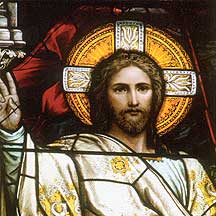
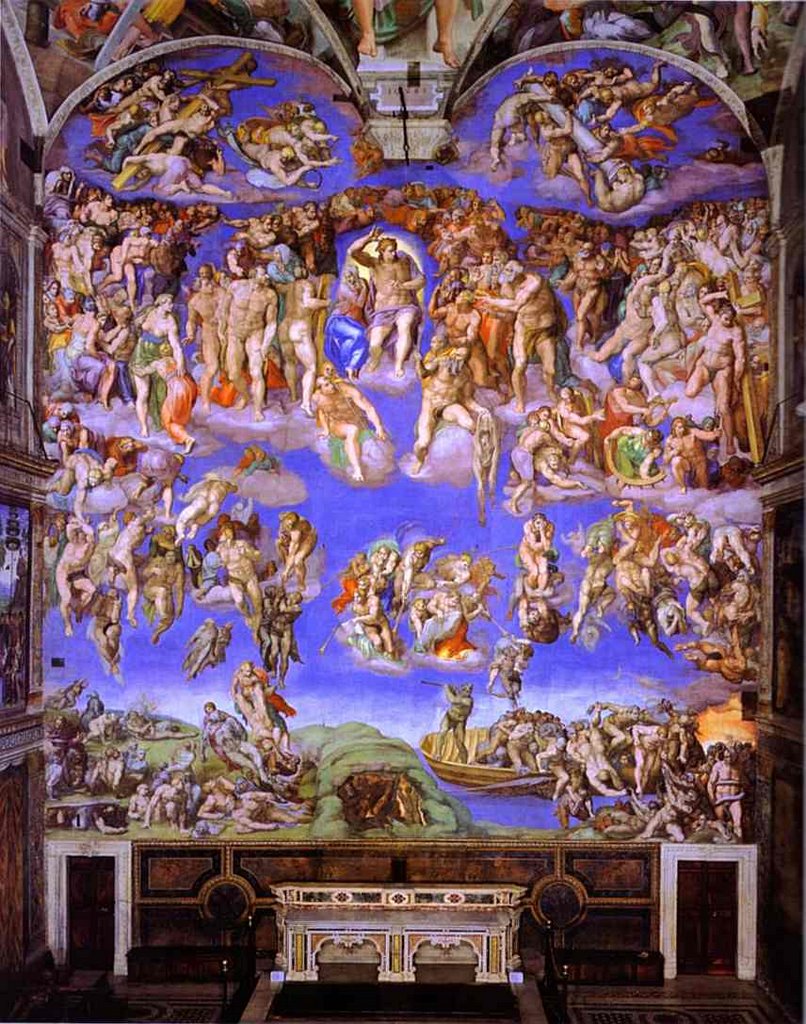


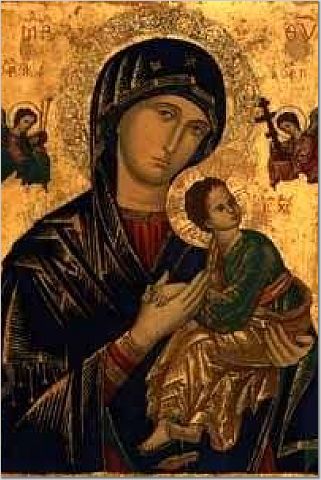



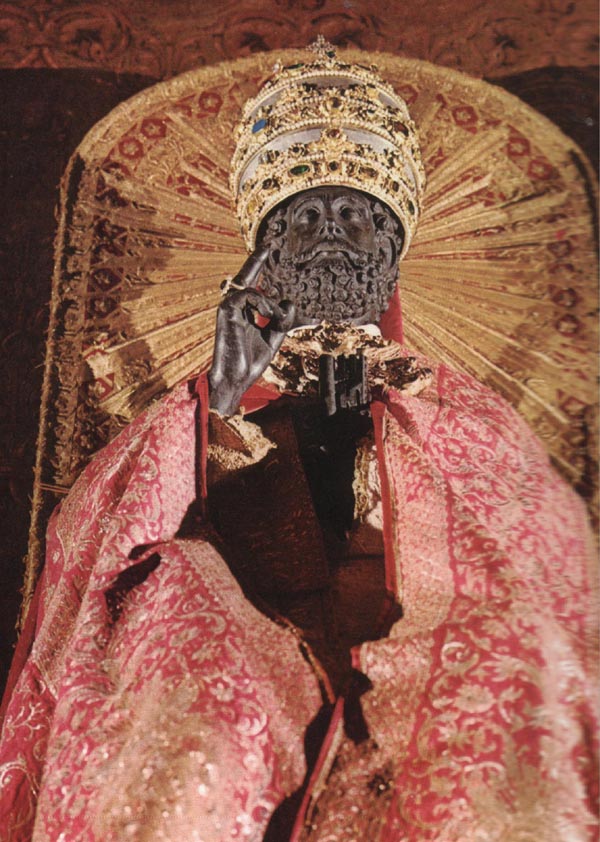
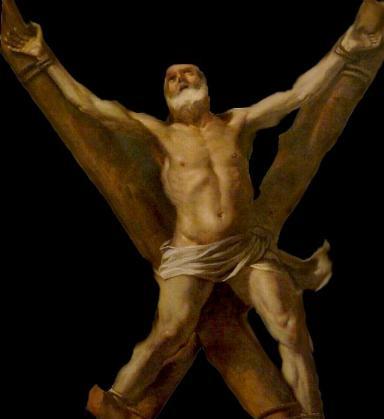

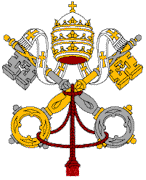


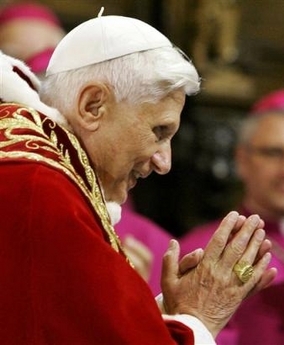






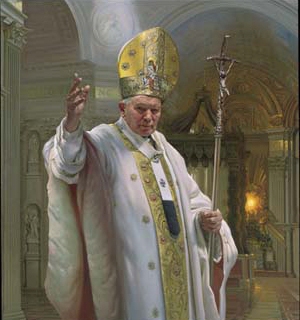
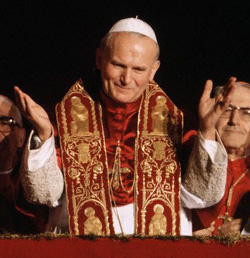
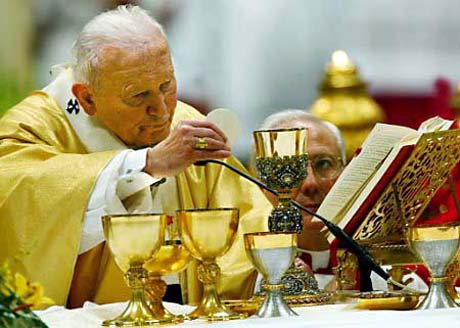







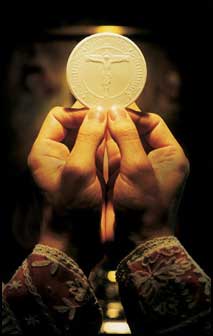
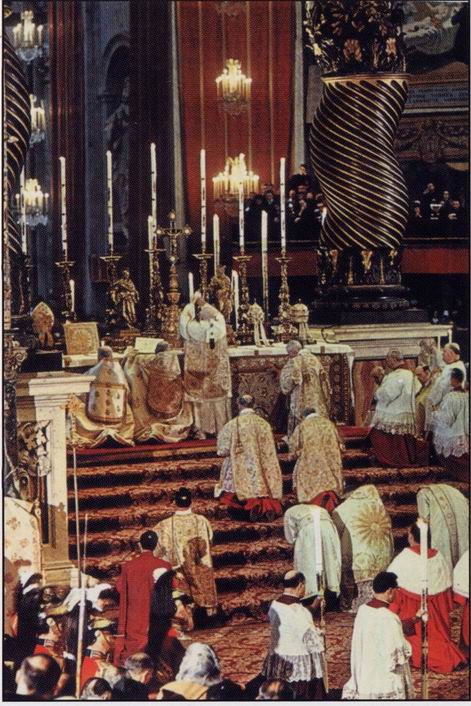

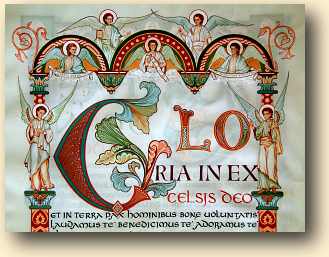

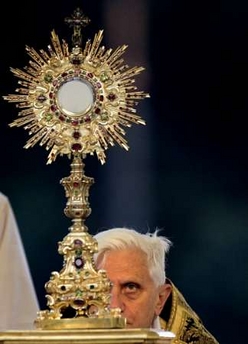


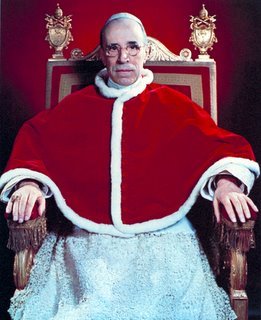




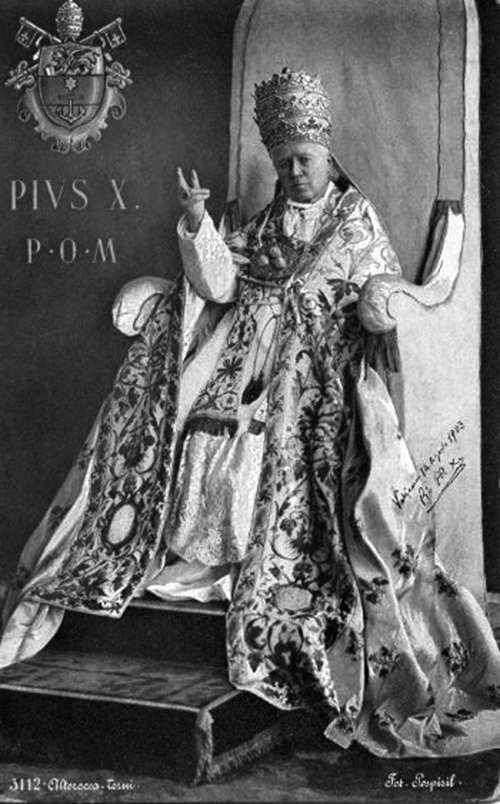



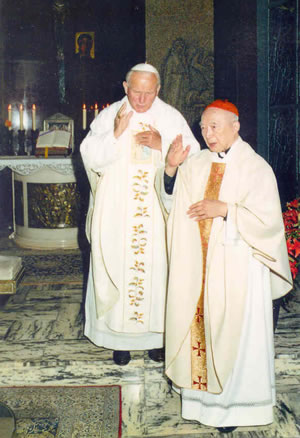





1 comment:
Another incredible post!
Post a Comment